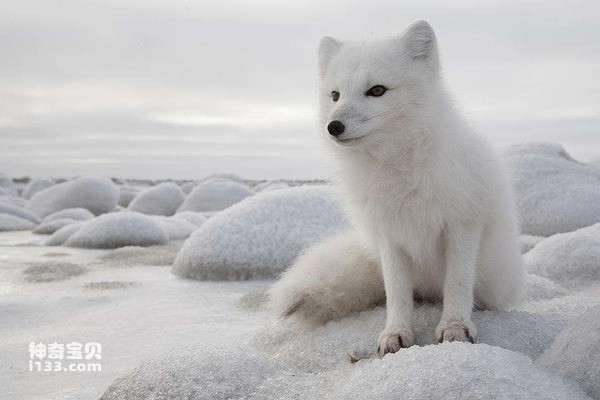"Snow fox" usually refers to the Arctic fox, also known as Arctic Fox, which is a kind of fox mainly distributed in the Arctic region. Some people would like to keep them because of their beautiful fur and excellent adaptability to cold environments. However, it is usually unrealistic for ordinary individuals to raise Arctic foxes because they are wild animals and require extremely special feeding conditions.

The following is a detailed introduction to raising Arctic foxes:
legality: First, you need to have a clear understanding of the local laws and regulations for keeping foxes. In most areas, raising wild animals usually requires special permits and regulations.
professional: Raising foxes requires specialized knowledge and skills. They are wild animals and have extremely high requirements on their environment and diet. It takes considerable expertise and experience to ensure they are properly cared for.
Habitat: Arctic foxes require cold environments, usually cold, dry climates. This is obviously unrealistic for most people. Conditions similar to those found in their natural environment, including adequate space and shelter from the elements, need to be provided.
diet: The Arctic fox's diet is a very critical issue. They require fresh raw meat and other special feeds, which are not easily available. To meet these needs, there needs to be stable access to suitable food.
Social needs: Arctic foxes are typically solitary animals, but in a farmed environment they require space to socialize and move around to mimic their natural habitat.
Overall, keeping Arctic foxes requires extremely high financial costs, expertise, and frequent veterinary care. As a result, keeping Arctic foxes is generally impractical for the general public. At the same time, it should be emphasized that it is also very important to protect wild animals and maintain their living conditions in the natural environment.
We created this article in conjunction with AI technology, then made sure it was fact-checked and edited by a Animals Top editor.